Political Divisions Mirror Civil War Battle Lines
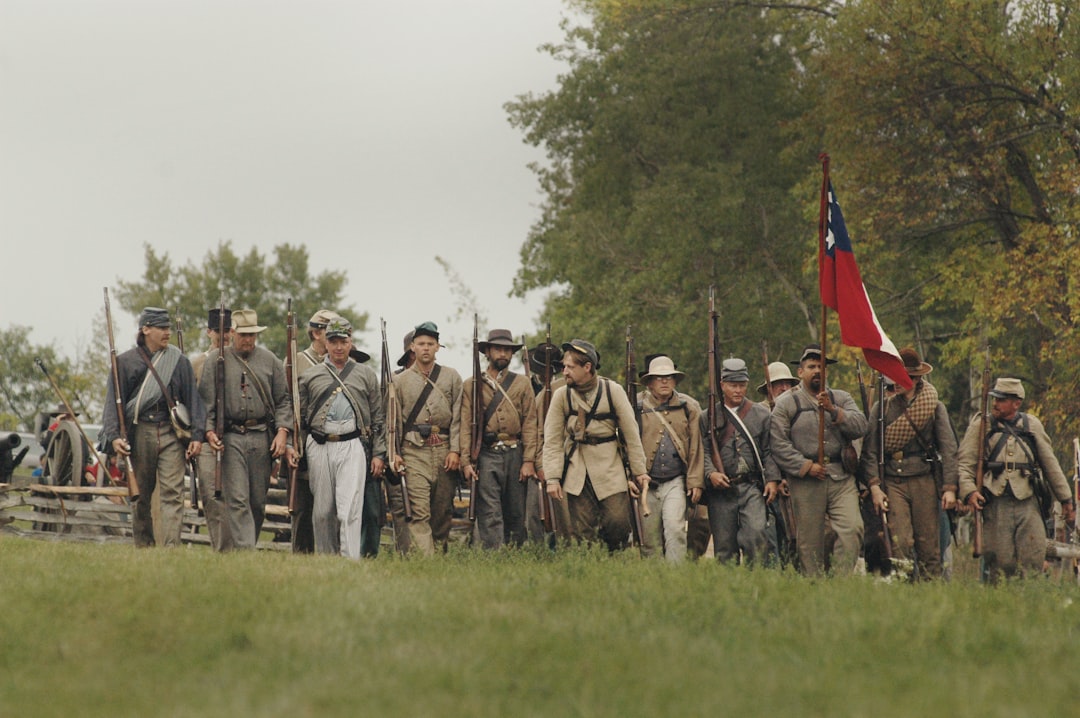
The ghost of the Civil War haunts American politics more than we’d like to admit. The continuing legacy of the civil war remains, with Biden judged to have 226 electoral votes coming from former Union states, while Trump has 235 votes with a majority (135) coming from former states in the Confederacy. This isn’t just about history books anymore – it’s about how we vote today. There is a growing divide in US society and politics along old civil war battle lines, and the 2024 election results prove it. The same geographic patterns that split the nation in 1861 are still dividing us at the ballot box. Think about it: when you look at an election map, the red and blue states often match up eerily well with the old Confederate and Union territories.
Confederate Monuments Keep Coming Down
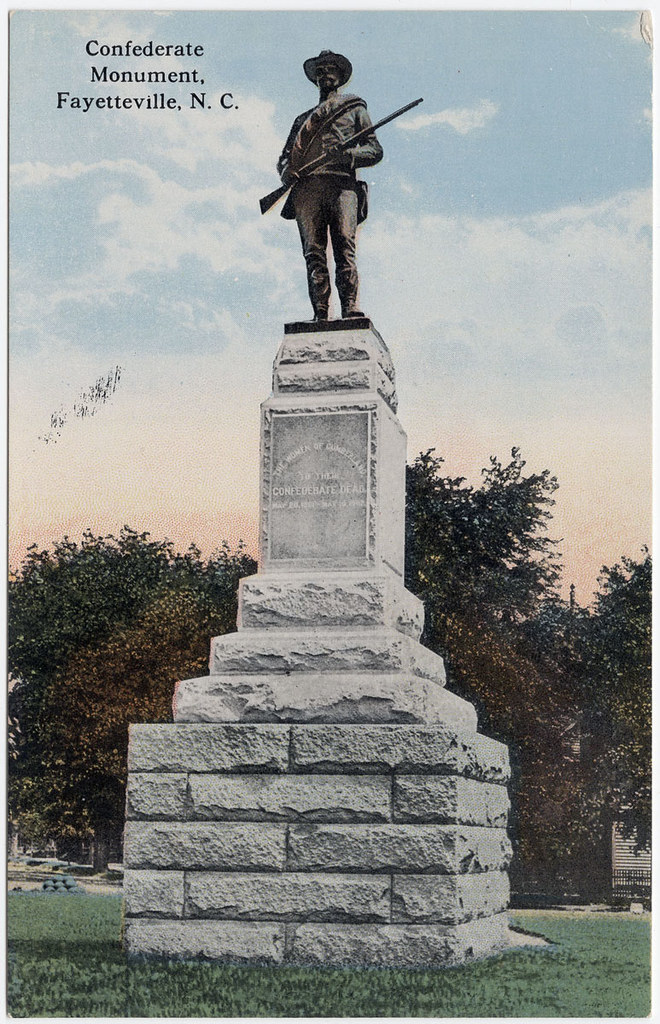
On December 27, 2023, the Jacksonville mayor ordered the removal of the Florida’s Tribute to the Women of the Confederacy monument at Springfield Park. The statue stood since 1915. It’s not just one statue here and there – we’re talking about a massive cultural shift. After 73 Confederate monuments were removed or renamed in 2021, there are now 723 left in the US, according to the Southern Poverty Law Center. These removals keep happening because people are finally asking the hard questions about what these monuments really represent. The SPLC reported that the remaining 723 Confederate monuments are memorials that stand in the US and its territories. Every time another statue comes down, it sparks fierce debates about history, memory, and what America should stand for.
Fears of Another Civil War Are Rising
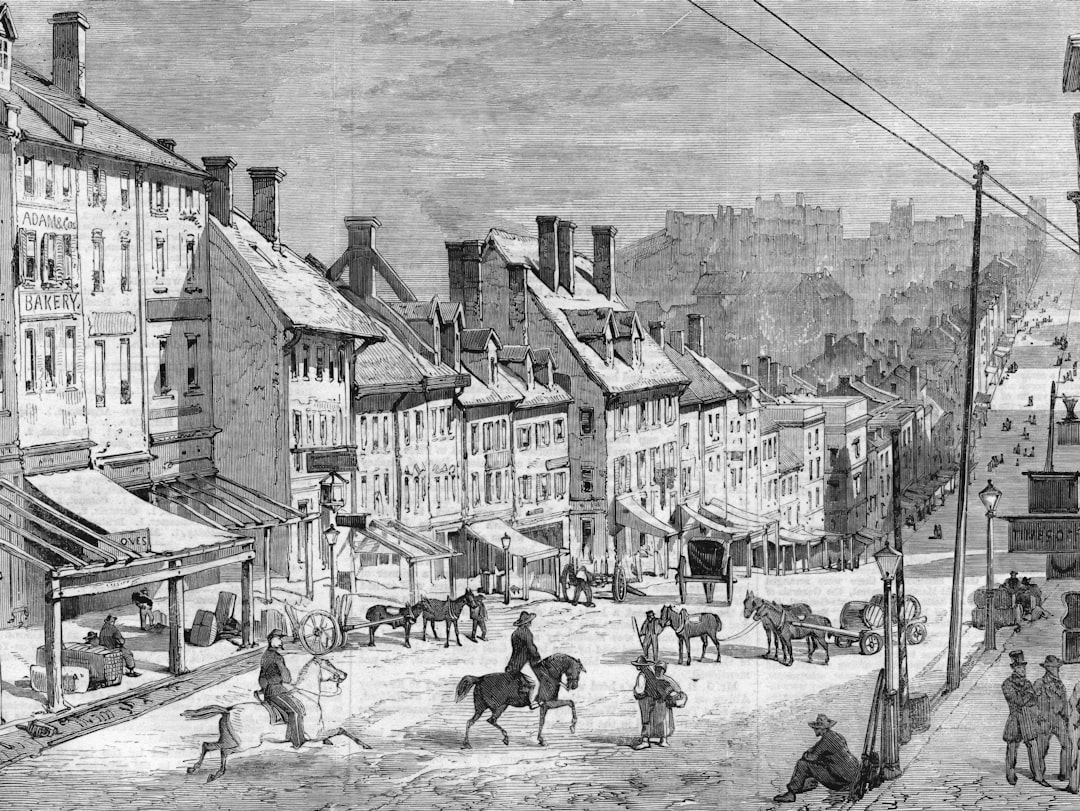
Here’s a number that should make your blood run cold: Half (54 per cent) of self-described strong Republicans in America now think it is very or somewhat likely there will be a US civil war within the next decade. Four in ten (40 per cent) strong Democrats agree. That’s not fringe thinking – that’s mainstream fear. The poll surveyed 3,375 U.S. adults on June 16, 2025. This represents an uptick in civil war concerns compared to a December YouGov poll, in which 9 percent of respondents viewed a civil war over the next decade as very likely and 21 percent said a civil war was somewhat likely. When roughly half of Americans think we might fight each other in the streets, you know the Civil War’s legacy is still very much alive. “To me, evidence of ‘civil conflict’ continues to increase, especially in terms of the increase in political violence,” she said.
Military Bases Finally Get New Names

The Pentagon has been quietly rewriting history by erasing Confederate names from military installations. Fort Bragg, originally named in honor of Confederate General Braxton Bragg, was renamed Fort Liberty in 2023. But wait – there’s more to this story. The Fort was renamed back to Fort Bragg in 2025 in honor of WWII veteran Roland L. Bragg, showing how political winds can shift even major military decisions. Fort Hood, Texas, was renamed Fort Cavazos, in honor of Gen. Richard E. Cavazos, who won the Distinguished Service Cross during the Korean War. Fort Lee, Virginia, was renamed Fort Gregg-Adams on April 27, 2023, in honor of Lt. Gen. Arthur J. Gregg and Lt. Col. Charity Adams. These changes might seem small, but they represent a massive shift in how America honors its military history.
Racial Tensions Trace Back to the War
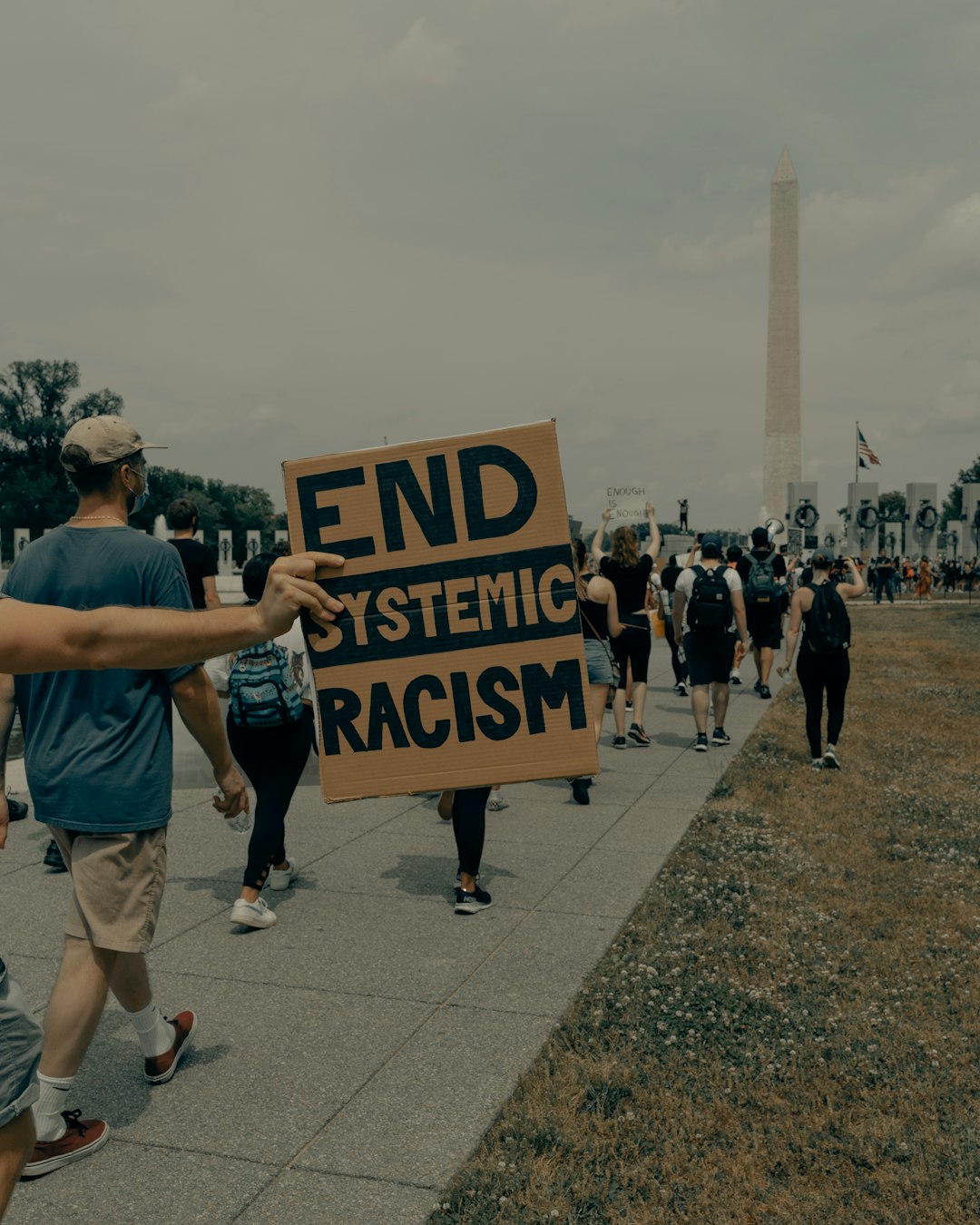
However, the Civil War left a legacy of racial tension and discrimination in America that persists to this day, furthering the divide between the Democrats and Republicans, and also giving rise to right-wing extremist groups. The war ended slavery, but it didn’t end racism. It paved the way for the Civil Rights Movement and resolved the ongoing struggles for racial equality. However, the Civil War left a legacy of racial tension and discrimination in America that persists to this day, furthering the divide between the Democrats and Republicans, and also giving rise to right-wing extremist groups. Every debate about police reform, voting rights, or social justice can trace its roots back to the unfinished business of Reconstruction. The same arguments that tore the nation apart in 1861 are still playing out today, just with different words.
States Rights vs Federal Power Still Rages

The Civil War was supposedly about states’ rights, and that fight never really ended. In January, the US Supreme Court ordered Texas to remove razor wire it had put up along the Rio Grande river to stop migrants from crossing. Texas Governor Greg Abbot refused to comply, claiming the compact between the states and the United States had been broken by President Biden’s failure to halt illegal immigration. Sound familiar? Abbot’s suggestion that the US Constitution is a mere compact that states may ignore at their discretion is reminiscent of the Confederacy’s rationale for being able to leave the Union in 1861. Whether it’s immigration, gun laws, or pandemic restrictions, states keep pushing back against federal authority using the same arguments Confederate leaders made 160 years ago. The Constitution settled this legally, but politically, the fight continues.
Political Violence Echoes War-Time Divisions
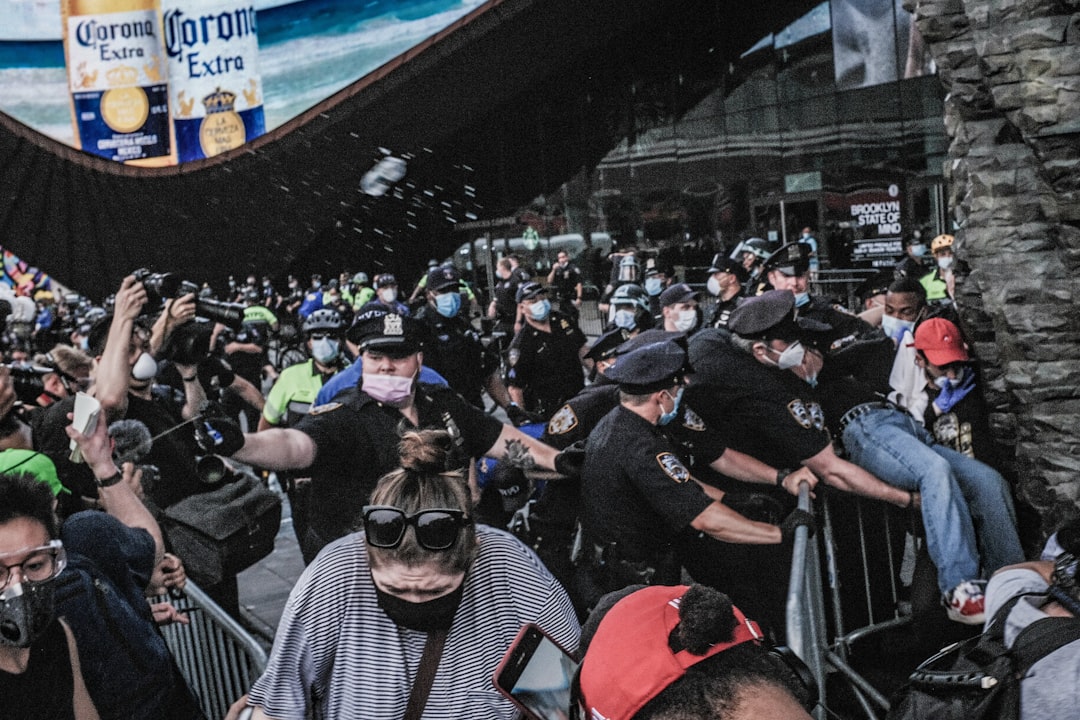
The U.S. has experienced unprecedented political violence recently. Experts debate whether these trends will escalate to another civil war. January 6th wasn’t just a riot – it was a direct echo of Civil War-era political violence. On July 13, 2024, two weeks after I submitted my draft for this debate, a bullet fired by a twenty-year-old’s rifle came within inches of assassinating former President Trump. If anything, this has raised the specter of civil war. The U.S. has seen an uptick in political polarization, as well as growing political unrest in recent weeks, such as the assassination of Minnesota politician Melissa Hortman and protests over President Donald Trump’s immigration policies in Los Angeles turning violent earlier in June. Political assassination attempts, armed protests, and threats against elected officials are becoming disturbingly normal. This isn’t just heated rhetoric – it’s the kind of political violence that preceded the Civil War.
Confederate Symbols Fuel Modern Extremism

“Confederate imagery continues to serve as a rallying cry for far-right extremists, not just across the country, but we’re now even seeing across the globe,” Spitalnick said. The Confederate flag has become an international symbol of white supremacy, showing up at extremist rallies from Germany to Canada. On July 17, 2015, white supremacist Dylann Roof, who had posted pictures of himself online with the Confederate flag, killed nine Black members of the Mother Emanuel African Methodist Episcopal Church of Charleston, South Carolina, as they were conducting Bible study. On May 13, 2017, neo-Nazis staged a rally at the Robert E. Lee statue in Charlottesville, Virginia, chanting the Nazi slogan “blood and soil” and “Jews will not replace us” to protest the city council’s decision to take down the statue. These aren’t isolated incidents – they’re part of a pattern where Civil War symbols inspire modern violence. Twenty-year-old James Alex Fields, a white supremacist, drove his car into a crowd of counterprotestors, killing thirty-two-year-old Heather Heyer and injuring twenty-eight others.
Rural vs Urban Divide Mirrors North vs South

The geographic split that defined the Civil War has evolved into a rural-urban divide that shapes everything from elections to culture wars. Compounding such divisions are the growing differences in public opinion and voting preferences between rural and urban areas. In terms of public opinion, nearly two-thirds (64 per cent) of urban Americans believe immigration strengthens society, while a majority (57 per cent) of rural Americans say it threatens traditional American customs and values. It’s not just about farms versus cities anymore – it’s about fundamentally different worldviews. Rural Americans often feel like their way of life is under attack, while urban Americans push for changes that rural communities see as threatening. This divide mirrors the North-South split that caused the Civil War, with the same feelings of cultural incompatibility driving political conflict.
Secession Talk Returns to Mainstream
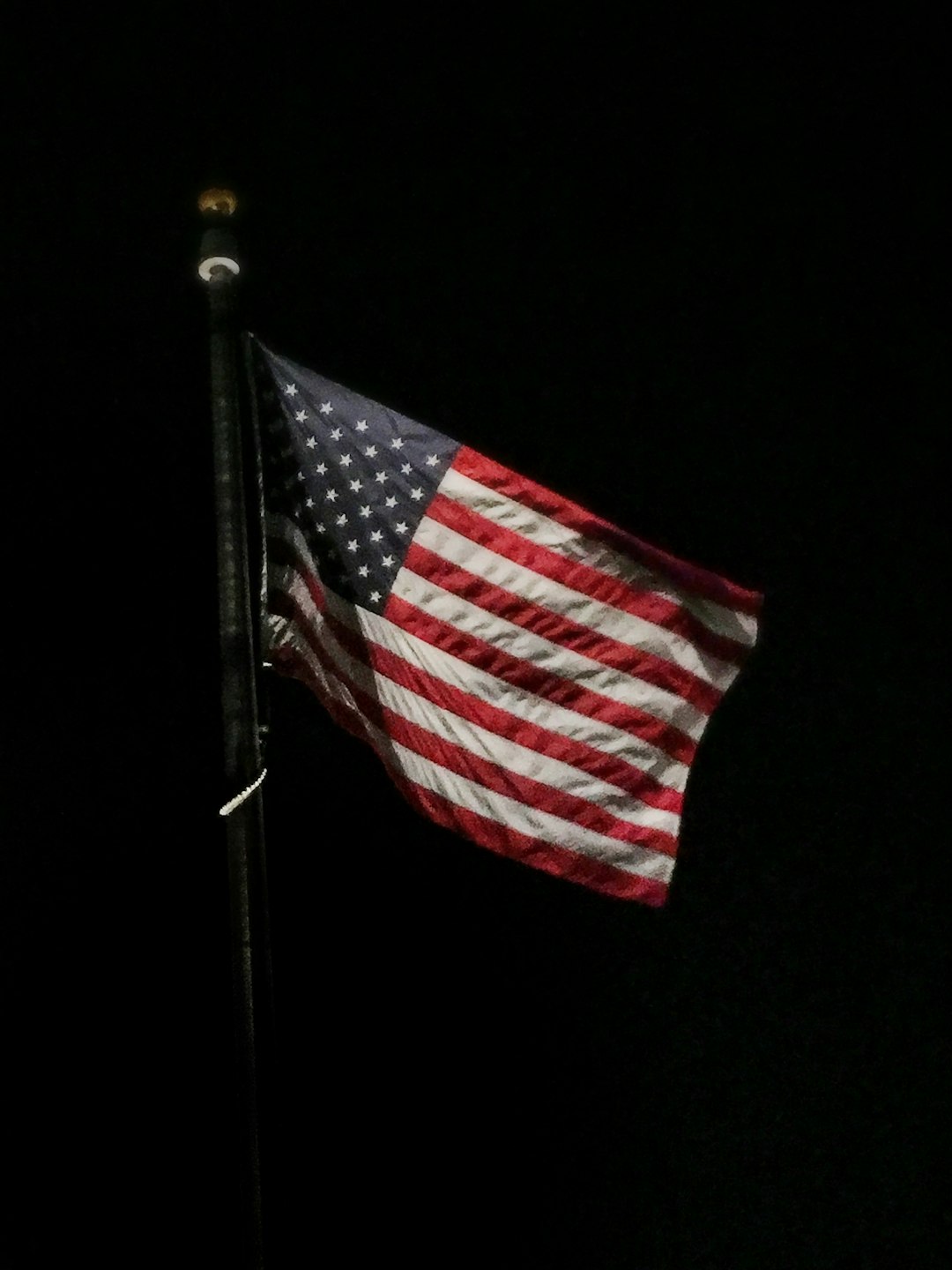
The idea of breaking up the United States isn’t just radical fringe talk anymore. Rep. Majorie Taylor Greene, a right-wing Republican from Georgia, has called for a ‘national divorce’. ‘We need to separate by red states and blue states’. And one in four (23 per cent) Americans support their state seceding from the Union. When a sitting congresswoman talks about “national divorce” and nearly a quarter of Americans consider secession, you know the Civil War’s fundamental question – whether the Union can hold together – is still very much alive. This split could be seen in the 2020 election between the blue states that voted for Joe Biden and the red states that voted for Donald Trump, with many of the Trump states among those that seceded from the Union in 1861. The same states that left the Union in 1861 are the ones where secession talk is loudest today.
Economic Inequality Follows Civil War Patterns

After the war, the South’s economy was decimated, leading to a long and difficult reconstruction period. The economic damage from the Civil War created patterns of poverty and underdevelopment that persist today. Many former Confederate states still struggle with lower wages, worse education systems, and fewer economic opportunities compared to Northern states. It reshaped the country in numerous ways, influencing its social structure, economy, politics, and cultural identity. The abolition of slavery triggered a monumental social change that altered the lives of millions and future civil rights movements while the North won and became more industrialized. The industrial North kept getting richer while the agricultural South struggled to rebuild, creating regional economic disparities that shape politics today. States that were devastated by the Civil War are often the same ones fighting hardest against federal programs designed to help them.
The Battle Over Historical Memory
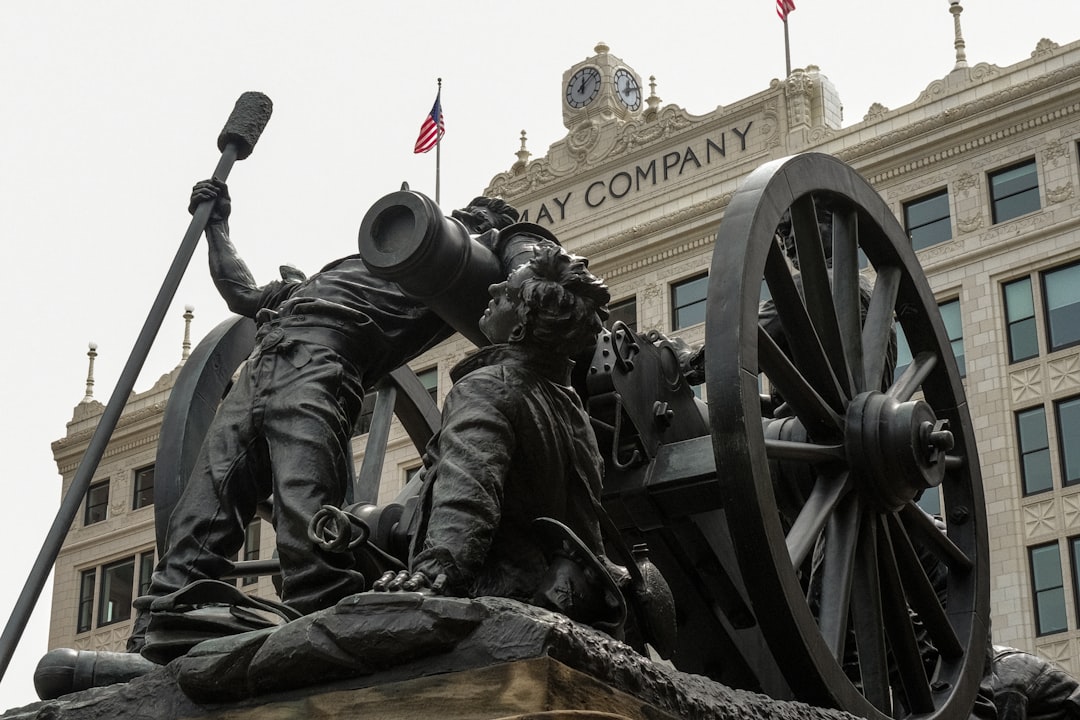
According to historian Karen Cox, Black resistance to Confederate symbols goes back to the nineteenth century. The formerly enslaved Black abolitionist Frederick Douglass stated as early as 1871 that “monuments to the Lost Cause will prove monuments of folly.” The fight over Confederate monuments isn’t new – it’s been going on since the statues were first erected. Black scholar W. E. B. Dubois argued by the 1930s that Confederate monuments should be inscribed with the words, “Sacred to the memory of those who fought to perpetuate slavery.” Critics argue that removing or renaming tributes to Confederate figures amounts to erasing history, the SPLC points out. But many historians — and public opinion polling — reject this concept, saying it’s time for the symbols to go, and possible to engage with this period of history in other ways. Every monument removal becomes a battle over whose version of history gets to be official, with both sides claiming to defend the truth.
Law Enforcement Reflects Civil War Divisions

In 2023, Florida Republican Dean Black filed legislation that would punish any lawmakers who vote to remove “historical monuments and memorials”. Under this bill, if local lawmakers vote in favor of the removal of Confederate statues, they may be fined or removed from office by the governor. The bill died in committee in March 2024. Even though the bill failed, it shows how Civil War symbols have become political weapons. Mayor Randall Woodfin defied the Alabama Memorial Preservation Act and ordered the obelisk taken down to preserve public order, opting to take the $25,000 fine. Public officials removed Confederate monuments in Decatur and Kennesaw, Georgia, despite a similar state law. Some mayors are willing to break state laws and pay fines to remove Confederate monuments, while state governments pass laws to protect them. The Civil War created a culture of resistance to federal authority that still influences how laws are enforced today.
Modern Civil War Scenarios Look Different
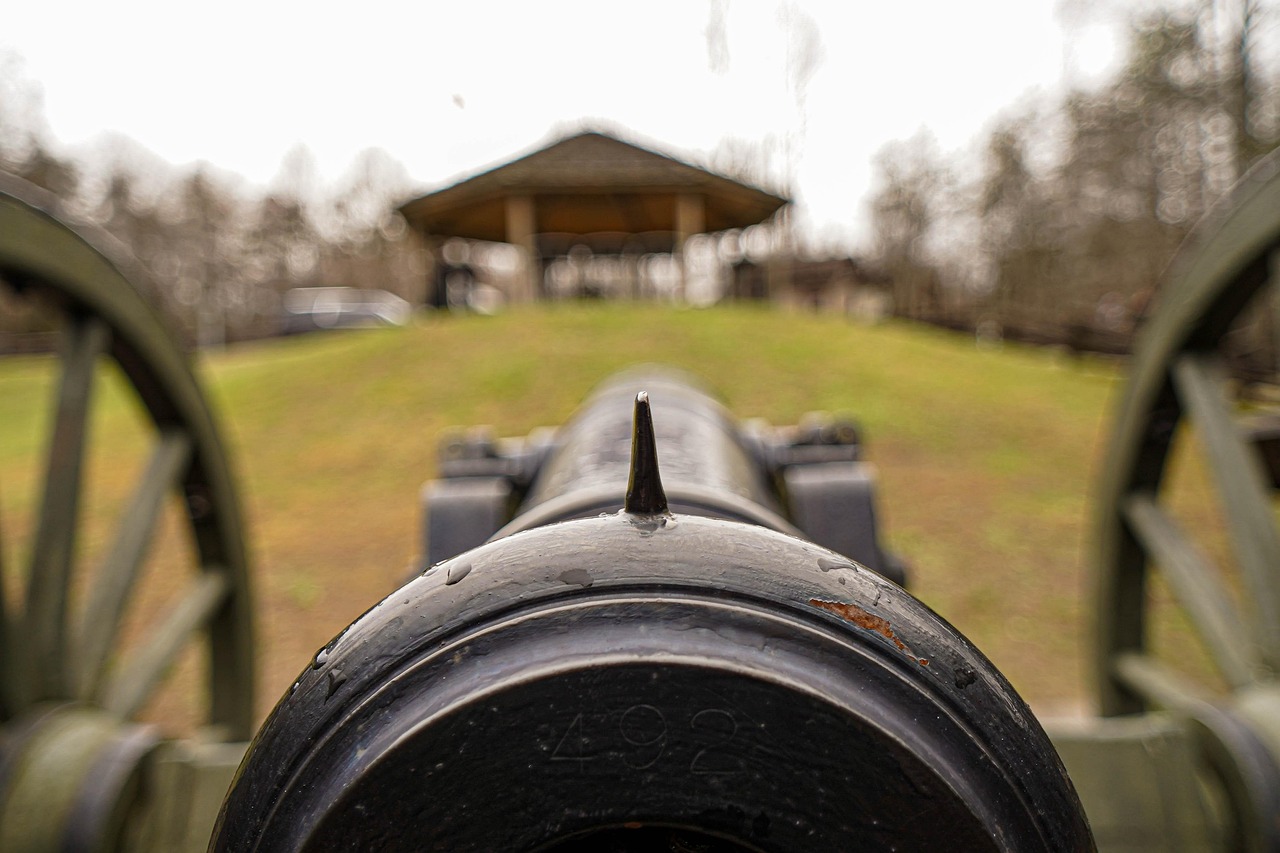
However, she said a civil war “as we envision it from the nineteenth century is probably not what we’re looking at today.” A modern civil war may not appear as two separate governments emerging, each building a military force to fight the other, she said. Experts warn that a second civil war wouldn’t look like the first one. In 2024, technology is far more advanced than it was back then. In 1860, they had muskets and cannons; today, we have advanced to drones and cyberwarfare. Since the weapons of conflict have evolved, the potential of a modern civil war is severely complex and destructive. Instead of armies facing off on battlefields, we might see cyber attacks, terrorism, and political violence that makes normal life impossible. However, Mr. Blinkinsop’s definition of civil war is an armed conflict that causes 1,000 or more battle deaths per year. The United States had around 25,000 homicides in 2022. Would it be hard to imagine President Trump’s assassination causing a rise in homicides of 4 percent or more, creating 1,000 additional homicides over the level of 2022 (the last year with the relevant data from the CDC)? The next civil war might be fought in our neighborhoods, not on distant battlefields.
What would Lincoln think if he could see us today? The war he fought to preserve the Union seems to have left us more divided than ever. Did you expect that 160 years later, we’d still be fighting the same battles?




